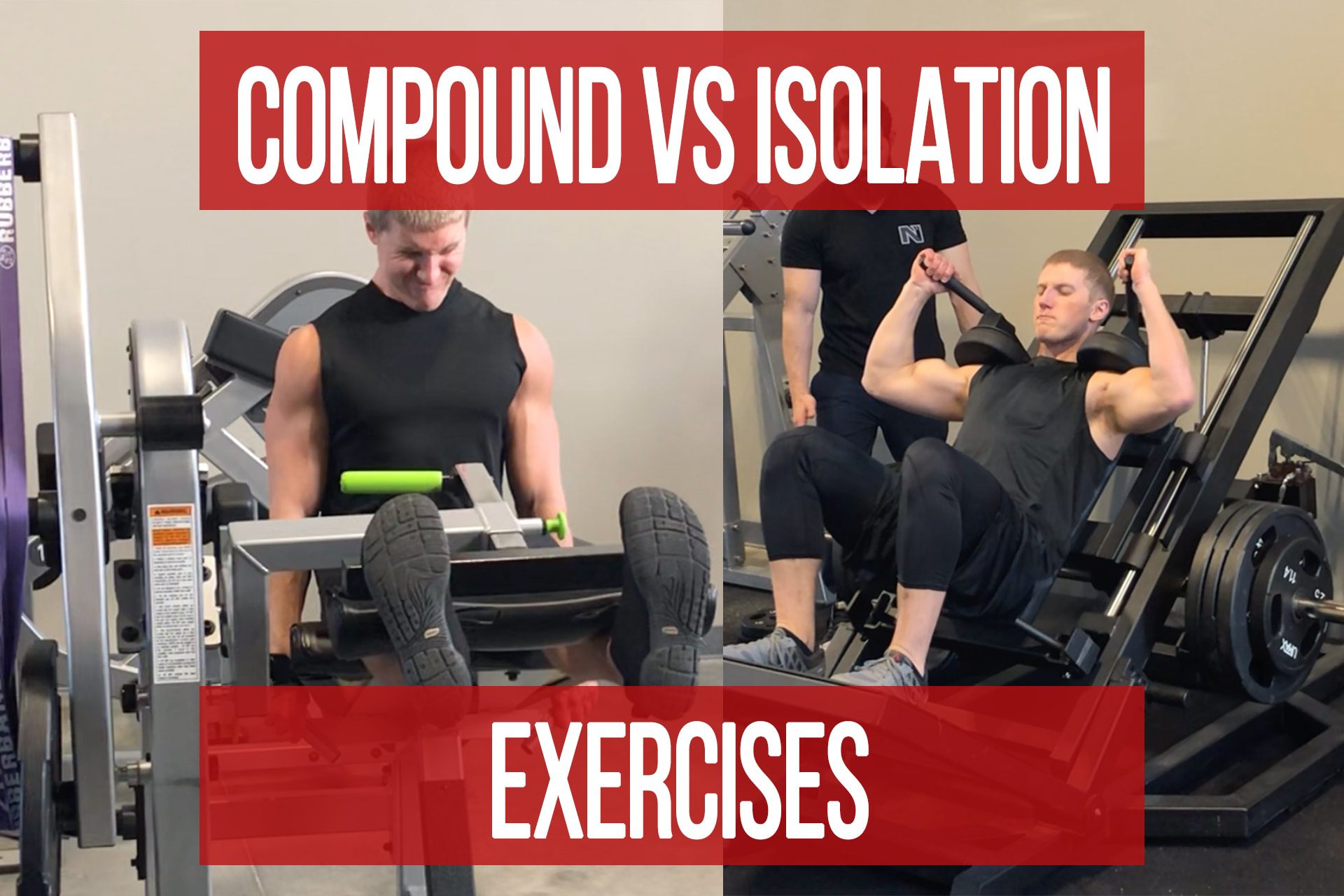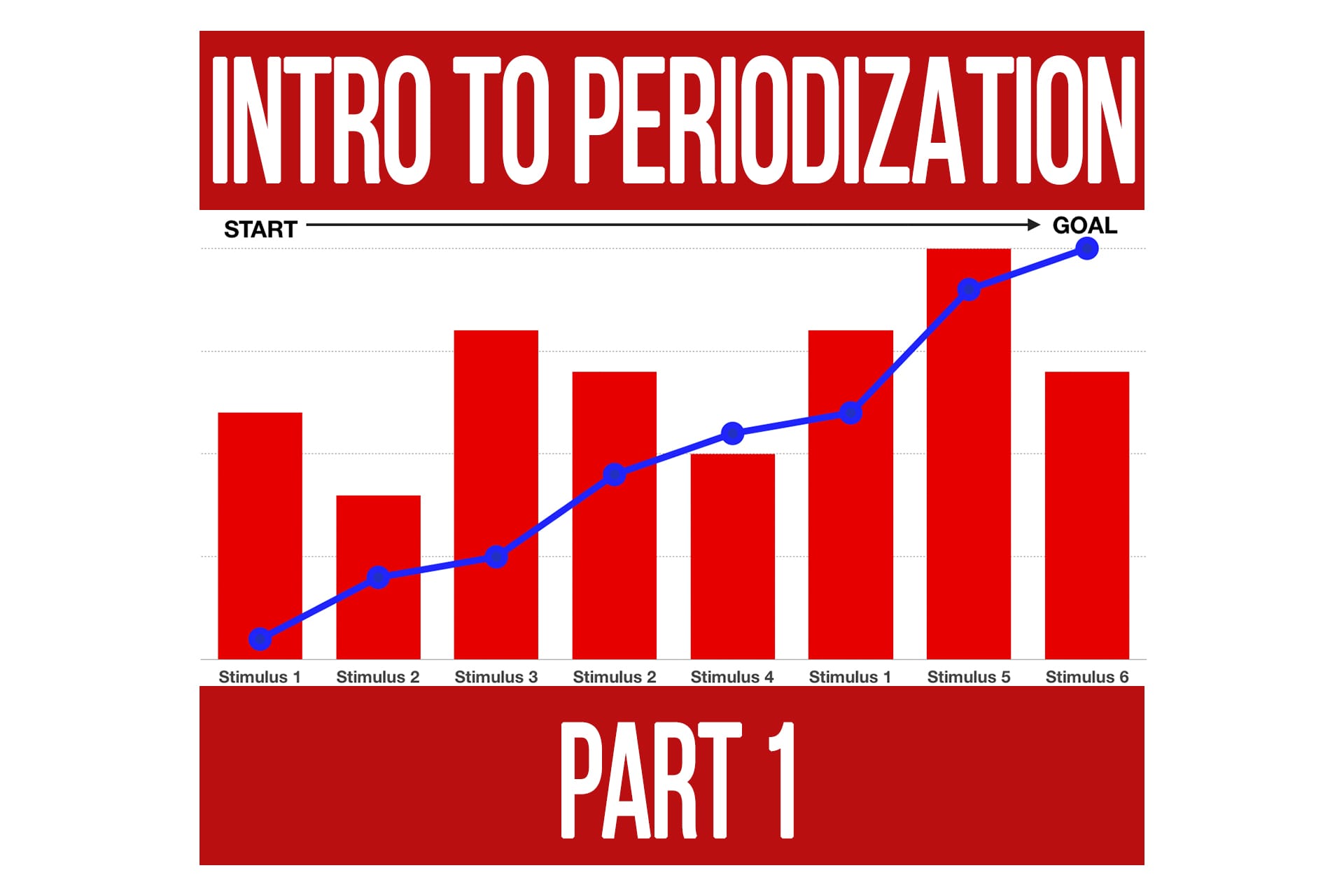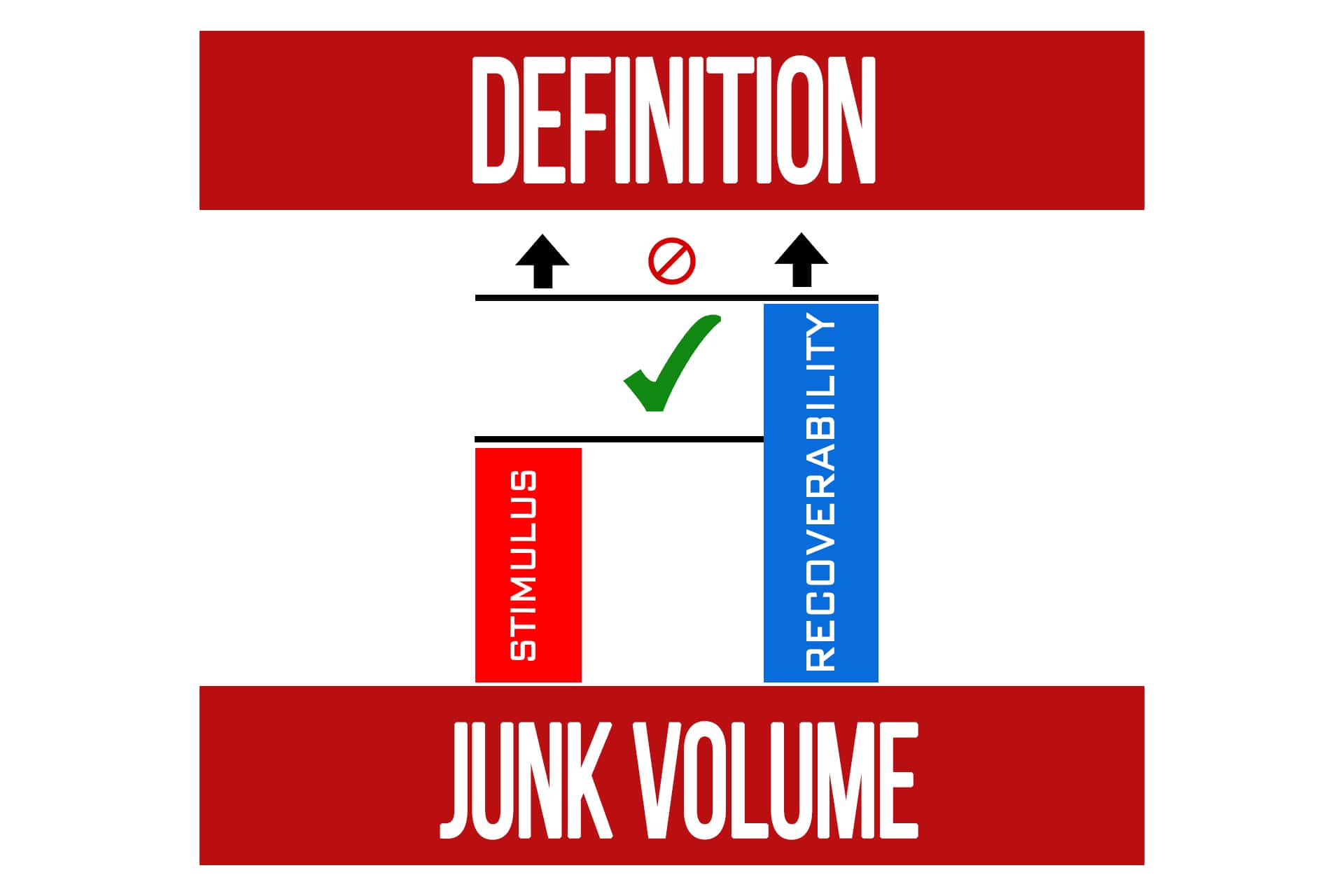Intro to Training Periodization Part 2
n1 training
Since we covered the basics of what training periodization should encompass in Part 1, now we can dive into the more advanced details of planning program periodization with proper program design.
The most common variables that I see changed in attempts at periodization are:
- Changing the split
- “Different” exercises
- Changing the number of sets
- Adjusting the %1RM, RPE, RIR or whatever other method you like to use for relative effort per set.
Those are all valid and important things to consider when planning periodization. However, that only scratches the surface, especially when you learn the art of program design using the principles and specificity of stimuli we teach in the N1 Education courses. The last 3 might be decent micro-progressions within a program, but using those as your sole means of “periodization” long-term is inadequate.
Program Variables to Consider
Here are a few more programming variables that need to be accounted for:
- Tempo
- Rest intervals
- Resistance profile of the exercises
- Exercise order
- Exercise pairing
- Training frequency
- Time under significant tension
- Volume of stimulus (this is not just number of sets or sets x reps x load, it’s more complex than that)
Many of these variables interact with one another too, so it’s important to know that there is a relationship there. For example, generally the volume within a workout will be inverse to the frequency with which you can train.
Once we have all those laid out in front of us, we need to be able to combine them to design a program that creates a desired stimulus. Then we have to look at how we want to go about planning periodization of the stimuli to compliment the long term goal.
When & Where to Change Programs
As mentioned in Part 1, the goal of planning periodization out is to keep the individual progressing in one aspect or another without plateauing. The key here is tracking and assessing their trainability over the course of a program and switching before or right at the point of diminishing returns. The next program should be something that minimally overlaps with the program they just came out of.
For example, if you just finished a program focused on mechanical damage for hypertrophy, the next program should likely be something that minimizes mechanical trauma. If we look at two training variables that compliment this goal they would be; resistance profiles that bias away from the lengthened position and less sets to failure (especially in the lengthened position of the muscle). In this example we might put them into a systemic type of program with exercises that bias the shortened position of the muscles. Or, we go could with a sarcoplasmic hypertrophy program with still a bias towards the shortened position. Both of these would allow recovery of the pathways that are taxed during a mechanically damaging program while focusing on adaptations that will benefit their overall goal of hypertrophy.
But how would a systemic program benefit hypertrophy?
Excellent question!
The Concept of Potentiation
Potentiation: To increase the outcome of a future action. For example, the adaptations gained from a previous stimulus complimenting the ability to benefit or perform in a future stimulus.
By performing certain types of training we gain adaptations that potentiate, or improve, our ability to perform in a future program. It is an indirect way of working towards a goal in the short term that will ultimately speed up progress in the long term.
Using the example above, by performing a systemic training program for someone with a hypertrophy goal, it will improve their ability to handle a more dense training session without being limited by their cardiovascular tolerance or possibly their liver’s tolerance to a higher volume of lactic acid. Another example would be to use a local AMPK focused program to improve their individual muscles’ conditioning, which would allow them to recover more quickly between sets and potentially push further into fatigue or failure in a future hypertrophy-focused program.
Planning program periodization with effects of potentiation in mind is a major consideration when we are working with our N1 online clients. We often know up to 3-4 programs in advance what stimuli we are going to focus on. Then it comes down to determining when to change programs based on their progress and assessing their trainability.
If you really want to get the best and fastest long-term progress for yourself or your clients, understanding how to order programs to take advantage of trainability and potentiation will be massively important.
It Takes Education, Understanding, & Practice
The goal of this article is to hopefully open your mind up to everything that goes into designing GOOD programs and planning periodization optimally. It takes extensive knowledge, understanding, and practice to become skilled at putting all of these things together.
Even our N1 students have to practice and take time to improve their ability to write programs efficiently. Starting out it may take significantly longer as you are learning, but with practice and an understanding of how these things all work together you’ll be writing MUCH better programs and eventually things will also become much faster. Not to mention your results (and your clients if you’re a trainer) will speak for themselves.
If you’d like to learn more about the topics covered in these articles please check out the N1 Nutrition & Program Design course or the full N1 Certification (which includes the program design course, two additional courses, and a 3-day Practical to round out your coaching skills)
Since we covered the basics of what training periodization should encompass in Part 1, now we can dive into the more advanced details of planning program periodization with proper program design.
The most common variables that I see changed in attempts at periodization are:
- Changing the split
- “Different” exercises
- Changing the number of sets
- Adjusting the %1RM, RPE, RIR or whatever other method you like to use for relative effort per set.
Those are all valid and important things to consider when planning periodization. However, that only scratches the surface, especially when you learn the art of program design using the principles and specificity of stimuli we teach in the N1 Education courses. The last 3 might be decent micro-progressions within a program, but using those as your sole means of “periodization” long-term is inadequate.
Program Variables to Consider
Here are a few more programming variables that need to be accounted for:
- Tempo
- Rest intervals
- Resistance profile of the exercises
- Exercise order
- Exercise pairing
- Training frequency
- Time under significant tension
- Volume of stimulus (this is not just number of sets or sets x reps x load, it’s more complex than that)
Many of these variables interact with one another too, so it’s important to know that there is a relationship there. For example, generally the volume within a workout will be inverse to the frequency with which you can train.
Once we have all those laid out in front of us, we need to be able to combine them to design a program that creates a desired stimulus. Then we have to look at how we want to go about planning periodization of the stimuli to compliment the long term goal.
When & Where to Change Programs
As mentioned in Part 1, the goal of planning periodization out is to keep the individual progressing in one aspect or another without plateauing. The key here is tracking and assessing their trainability over the course of a program and switching before or right at the point of diminishing returns. The next program should be something that minimally overlaps with the program they just came out of.
For example, if you just finished a program focused on mechanical damage for hypertrophy, the next program should likely be something that minimizes mechanical trauma. If we look at two training variables that compliment this goal they would be; resistance profiles that bias away from the lengthened position and less sets to failure (especially in the lengthened position of the muscle).
In this example we might put them into a systemic type of program with exercises that bias the shortened position of the muscles. Or, we go could with a sarcoplasmic hypertrophy program with still a bias towards the shortened position. Both of these would allow recovery of the pathways that are taxed during a mechanically damaging program while focusing on adaptations that will benefit their overall goal of hypertrophy.
But how would a systemic program benefit hypertrophy?
Excellent question!
The Concept of Potentiation
Potentiation: To increase the outcome of a future action.
For example, the adaptations gained from a previous stimulus complimenting the ability to benefit or perform in a future stimulus.
By performing certain types of training we gain adaptations that potentiate, or improve, our ability to perform in a future program. It is an indirect way of working towards a goal in the short term that will ultimately speed up progress in the long term.
Using the example above, by performing a systemic training program for someone with a hypertrophy goal, it will improve their ability to handle a more dense training session without being limited by their cardiovascular tolerance or possibly their liver’s tolerance to a higher volume of lactic acid. Another example would be to use a local AMPK focused program to improve their individual muscles’ conditioning, which would allow them to recover more quickly between sets and potentially push further into fatigue or failure in a future hypertrophy-focused program.
Planning program periodization with effects of potentiation in mind is a major consideration when we are working with our N1 online clients. We often know up to 3-4 programs in advance what stimuli we are going to focus on. Then it comes down to determining when to change programs based on their progress and assessing their trainability.
If you really want to get the best and fastest long-term progress for yourself or your clients, understanding how to order programs to take advantage of trainability and potentiation will be massively important.
It Takes Education, Understanding, & Practice
The goal of this article is to hopefully open your mind up to everything that goes into designing GOOD programs and planning periodization optimally. It takes extensive knowledge, understanding, and practice to become skilled at putting all of these things together.
Even our N1 students have to practice and take time to improve their ability to write programs efficiently. Starting out it may take significantly longer as you are learning, but with practice and an understanding of how these things all work together you’ll be writing MUCH better programs and eventually things will also become much faster. Not to mention your results (and your clients if you’re a trainer) will speak for themselves.
If you’d like to learn more about the topics covered in these articles please check out the N1 Nutrition & Program Design course or the full N1 Certification (which includes the program design course, two additional courses, and a 3-day Practical to round out your coaching skills)
Have a Question for Us?
Please Log In to Submit Your Question
Compound VS Isolation Exercises for Beginners
videoBody Composition Foundation FREE Hypertrophy Program Design Training
Popular Pages
Learn & Train With Us
Add N1 Training to your Homescreen!

Please log in to access the menu.





